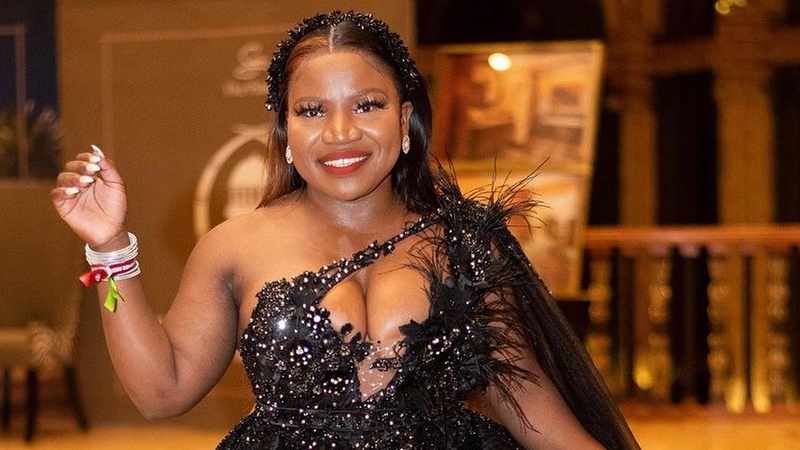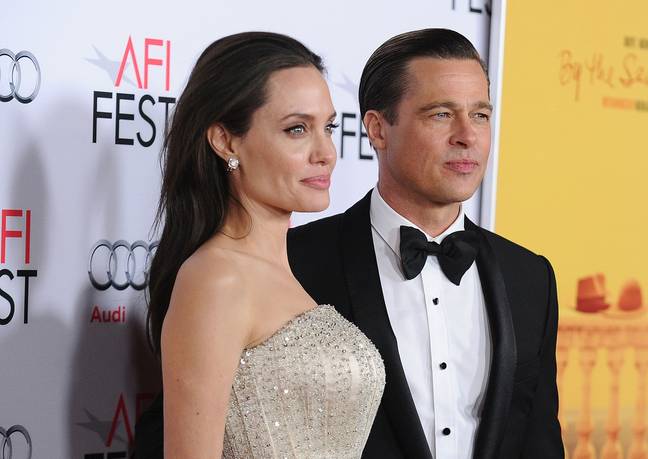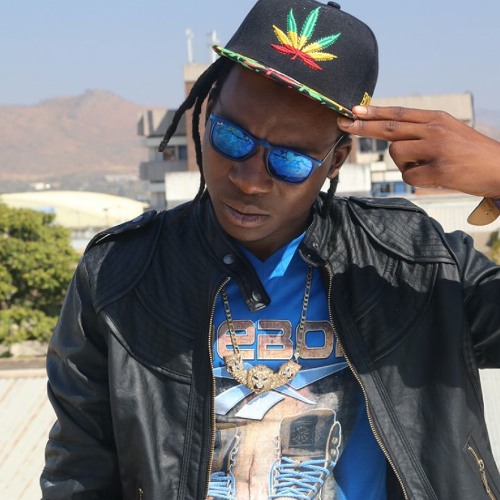 Image copyrightRex Features
Image copyrightRex FeaturesThe world of ballet has long been criticised for having a problem with diversity. But could one small quirk be a symbol of the barriers facing non-white dancers, asks Kirstie Brewer.
Ballet dancer Eric Underwood was on tour last summer in the south of Italy when he had finally had enough.
He’s black, and as a soloist for the Royal Ballet often needs to wear flesh-coloured shoes for his performances. But walk into a ballet store and the only options are beiges and pinks. There is usually nothing for non-white ballet dancers.
“Instead I have to ‘pancake’ my shoes with make-up before I can go on stage,” explains the 31-year-old American. “It’s a messy process that can take as long as half an hour at a time, and I need to repeat it regularly because the colour rubs off during performances.”
The pancaking ritual proved to be a particular headache in Italy – with the heat, and the inconvenience of carting around enough make-up. Underwood uses shoes for up to four days but many dancers get only a single performance before discarding them. That’s a lot of pancaking.
Underwood took to Instagram to vent his frustration and posted a video of himself applying make-up to his shoes. He implored ballet shoe manufacturers to help him.
He’s not alone in getting annoyed. Brooklyn Mack, a dancer with the Washington Ballet, uses acrylic paint for his shoes rather than make-up. “Makeup is oily, and the sensation that you are slipping on ice is a dancer’s worst nightmare,” he says.
“Not being able to buy shoes is a reminder that you are an anomaly and that you aren’t given the same consideration as other dancers.”
Cira Robinson, a senior artist at Ballet Black and an African-American like Eric Underwood, can recall – at school in the US – wearing pink tights and pink shoes like her classmates, which would look odd.
Once she moved to the Dance Theatre School of Harlem she would wear brown tights with brown shoes, creating the desired seamless line from the leg down to the foot. “We would sit and have pancaking parties,” she says.
Classical ballet is known for its fair princesses and white swans. Jennifer Homans, founder and director of The Center for Ballet and the Arts at New York University, is frustrated by the ballet world’s conservatism.
“The world’s major ballet companies are making huge efforts to hold on to the past and the so-called Ballet Blanc – dances from the 19th Century with an ethereal element, where the dancers are costumed in white, and were traditionally performed by white-skinned people.”
“Do ballet companies today want to be part of the contemporary society we live in? If the answer is yes they need to start to look a little more like that society.”
Mack agrees. “The idea of uniformity, the need to all look the same, still permeates the ballet world.” He and ballet superstar Misty Copeland made dance history two years ago when the pair performed the lead roles in Swan Lake.
They challenged the classical ballet world’s perception of what a dancer should look like – and, tellingly, it was a big deal.
When Underwood made his Instagram post, one firm responded. Over the past few months Bloch has worked with Underwood to produce what it claims is the world’s first black flesh tone ballet shoe. The colour has been coined “Eric Tan” and will soon be on sale.
The new shoe’s significance goes beyond the purely practical for Underwood and some other black ballet dancers. “The simple acknowledgment that there’s a need for a new flesh tone is groundbreaking in the world of ballet,” Underwood explains. He hopes other manufacturers will follow suit.
Ballet shoes are made in flesh tones so that they blend into the dancer’s skin to make their legs look seamless and give the illusion they are dancing barefoot.
The flesh-coloured ballet shoes we see now with satin and ribbons date back to the 1820s when pointe shoes were created, says Anna Meademore, archivist at the Royal Ballet School. “It was indecent to actually be barefoot – but flesh-coloured shoes would disappear into the leg to make the ballerina look like they were hovering in the air, as if by magic,” she explains. The aim would be to appear otherworldly, ethereal.
Not all the responses to Underwood’s Instagram post were positive. A Russian ballet company shot back that black dancers should just wear ordinary black shoes. “I was shocked and offended – it made me feel like they didn’t acknowledge the presence of people who weren’t white dancing ballet,” says Underwood.
He is one of a small contingent of professional black ballet dancers to rise to prominence in the UK. “Ballet is a lot about tradition and in preserving that tradition things can become static,” Underwood suggests.
It was the lack of black ballet dancers that sparked the creation of Ballet Black in 2001 – a company especially for ethnic minorities. Its founder Cassa Pancho had been a student at the Royal Academy of Dance and planned to interview black ballerinas as part of her final dissertation, only to discover at that point there were none in Britain.
Whereas Underwood says he never had to worry about how to stand out, it is more difficult for black women in the corps de ballet – the members of a company who dance together in a group – where uniformity is prized.
Ballet Black’s ultimate goal is to see a fundamental change in the number of black and Asian dancers in mainstream ballet companies, “making Ballet Black wonderfully unnecessary”, according to its mission statement.
“I think shoes like these are well overdue,” says Robinson. “I know tonnes of dancers of colour and we have always had to pancake our shoes, it has become a ritual, the cost adds up and we find ourselves doing it a couple of times a week.
“There are enough dancers of colour out there to justify a more varied option of shoe colours – more than just so-called ‘nude’ because not everyone is ‘nude’.”
For Brandon Lawrence and Tyrone Singleton, who perform for the 62-strong Birmingham Royal Ballet, the prospect of not having to dye or pancake their shoes is welcome.
“It’s wonderful, it sounds quite exciting for the convenience more than anything,” says Lawrence. “The need for diversity is recognised more and more in the ballet world – it’s a touchy subject for some people and there are still a number of barriers, not just race.”
He cites the elite nature of the audience, the cost of ballet and the difficulties in overcoming stigma to get young men interested in ballet as other examples. If the shoes become a talking point and promote awareness it could only be a good thing, adds Singleton, though he has never felt discriminated against.
Calvin Royal III is part of the corps de ballet for the American Ballet Theatre and paints his shoes rather than trying to blend different shades of makeup. As a teenager he had other black peers in his ballet classes, but the further he progressed, the more the number of black dancers around him ebbed away.
“There are so many other challenges and elements that lie ahead of us and small things like this do make a difference.”-BBC






